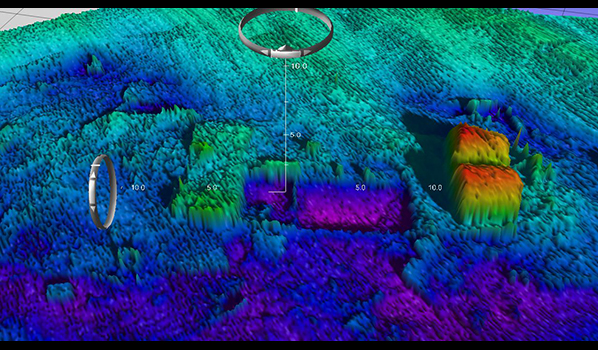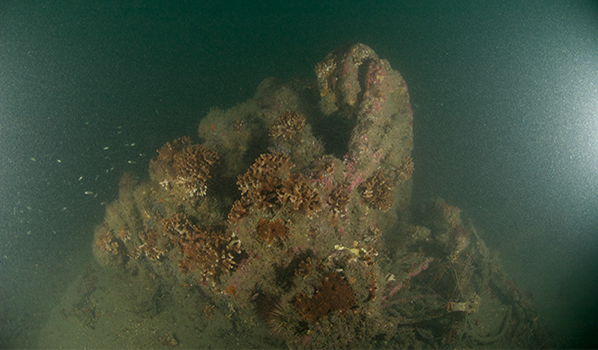HMS Senateur Duhamel
Ship Stats
Depth: 65 feet
Vessel Type: Originally built as a fishing trawler and converted for anti-submarine patrol
Length: 192.3 feet Breadth: 31.1 feet
Gross Tonnage: 913 Cargo: N/A
Built: 1927, Hall, Russel and Company, Aberdeen, Scotland
Hull Number: 691 Port of Registry: Morehead City, North Carolina, USA
Owner: UK Royal Navy (on loan to the U.S. Navy)
Lloyd's Register Details: Steel hull, triple expansion three cylinder engine, two boilers
Former Names: N/A)
Date Lost: May 6, 1942
Sunk By: Collision with USS Semmes Survivors: 37 of 37 (0 dead)
Data Collected on Site: Multibeam sonar survey; still and video photography
Significance: HMS (His Majesty's Ship) Senateur Duhamel is significant in the area of military history based upon the vessel's association with Allied military operations at sea off the Outer Banks to combat the German U-boat threat during 1942. The shipwreck symbolizes the United States' unpreparedness and lack of purpose-built anti-submarine warfare and escort vessels that were needed to counter U-boat depredations along the U.S. East Coast at the beginning of World War II. Senateur Duhamel is representative of a dramatic time in American history when the country was struggling to fight wars on multiple fronts and had already allocated its purpose-built naval vessels to the war in the Pacific and European theaters.
Wreck Site
HMS Senateur Duhamel is located in about 65 feet of water near Cape Lookout Shoals, North Carolina. The small converted ASW Trawler is largely broken up and in an area so close to the shoals that visibility is often only in the 0-10 feet range.


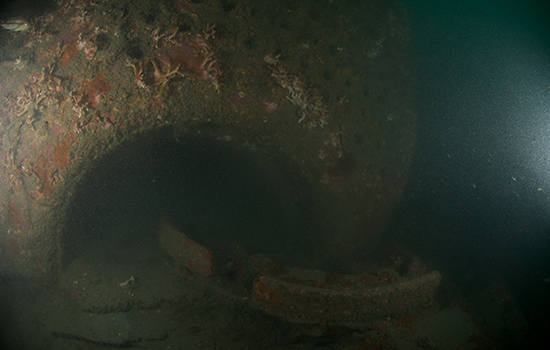
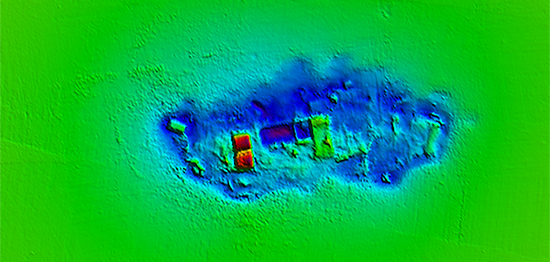
Historical Background
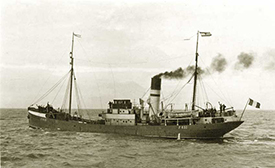
Senateur Duhamel was built in 1927 by Hall, Russell and Company in Aberdeen, Scotland. It was bought by a French fishing company and operated as a commercial fishing vessel until it was seized by the British in December 1938. The vessel was converted for anti-submarine patrol and commissioned as HMS Senateur Duhamel operating out of Belfast, Northern Ireland. The ship was transferred to the United States Navy in February 1942, and it was sent along with 23 other British converted trawlers to help patrol the East Coast.
Helping to perform convoy escort duties, HMS Senateur Duhamel operated out of Morehead City, North Carolina, with another converted fishing trawler, HMT Bedfordshire. While on patrol near Beaufort Inlet, North Carolina, the crew of HMS Senateur Duhamel spotted another ship, USS Semmes, about a mile away. However, they could not identify it as there was a slight fog, so they flashed a message "what ship?" The light temporarily blinded the USS Semmes's crew and before they could reply, the bow of the ship crashed into HMS Senateur Duhamel.
After the collision, USS Semmes backed away and called USS Roper for assistance. HMS Senateur Duhamel began to sink and was eventually lost. However, the crew survived with no injuries. The ship sank in about 65 feet of water with part of its mast sticking out making it a navigational hazard. To remove the hazard, the U.S. Navy blasted and wire dragged the site.


